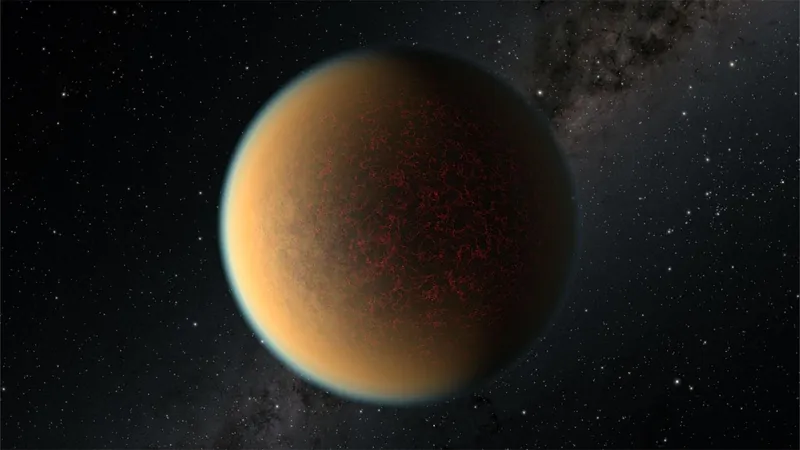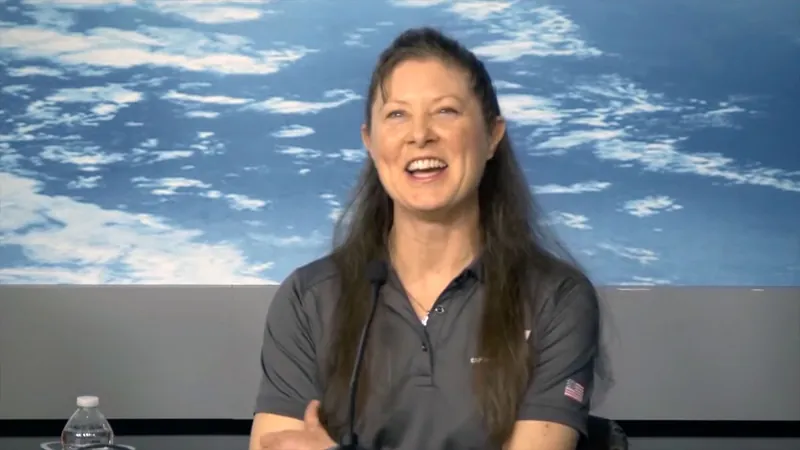
Groundbreaking Research by Cecilia Fasano Published in Prestigious AIP Journal!
2024-10-09
Author: Arjun
Groundbreaking Research by Cecilia Fasano Published in Prestigious AIP Journal!
In an exciting development for the field of microfabrication and its applications in astronomy, Graduate Research Assistant Cecilia Fasano has successfully published a pivotal paper in a renowned AIP journal. The article, titled “Constant Period Line Gratings as a Metric for Patterning Fidelity in Electron Beam Lithography,” was officially released on October 8, 2024, in the Journal of Vacuum Science & Technology B.
Exceptional Recognition
What sets this paper apart? Editors have designated it as an “Editor's Pick,” a recognition that signifies its exceptional quality and significance within the scientific community. This spotlight is a testament to the innovative research that Fasano and her colleagues are conducting.
Team of Innovators
Fasano isn’t working alone; she leads a talented team of co-authors, including Postdoctoral Research Scholar Fernando Cruz Aguirre, Graduate Fellow Jared Termini, and Associate Professor Casey DeRoo. Together, their research tackles a pressing challenge in the industry: the need for efficient methods to characterize the placement of sub-micron features across extensive areas, crucial for the production of semiconductor and optical devices.
Novel Methodology
The paper outlines a novel approach that combines traditional microfabrication techniques—such as scanning electron microscopy and optical microscopy—with advanced interferometric metrology to achieve high-precision characterizations of periodic structures. This method significantly enhances the efficiency and accuracy of measuring feature placement over large substrates, which has been a complicated and time-consuming task under current metrology standards.
Successful Testing
Fasano and her team put their method to the test by analyzing ten different diffraction gratings at Iowa's cutting-edge Material's Analysis, Testing, and Fabrication (MATFab) Facility. This research was made possible with the invaluable support of MATFab staff member Schaffer Finney and CMRF staff member Tom Moninger, alongside funding from NASA's FINESST and APRAs programs.
Future Implications
This groundbreaking work not only advances the field of microfabrication but also paves the way for future innovations in astronomical instrumentation and beyond. The implications of this research are vast, potentially transforming how we fabricate and utilize advanced optical devices.
Conclusion
Stay tuned as more updates and breakthroughs from this talented research group emerge! The future of microfabrication and its applications in astronomy is looking brighter than ever.



 Brasil (PT)
Brasil (PT)
 Canada (EN)
Canada (EN)
 Chile (ES)
Chile (ES)
 España (ES)
España (ES)
 France (FR)
France (FR)
 Hong Kong (EN)
Hong Kong (EN)
 Italia (IT)
Italia (IT)
 日本 (JA)
日本 (JA)
 Magyarország (HU)
Magyarország (HU)
 Norge (NO)
Norge (NO)
 Polska (PL)
Polska (PL)
 Schweiz (DE)
Schweiz (DE)
 Singapore (EN)
Singapore (EN)
 Sverige (SV)
Sverige (SV)
 Suomi (FI)
Suomi (FI)
 Türkiye (TR)
Türkiye (TR)